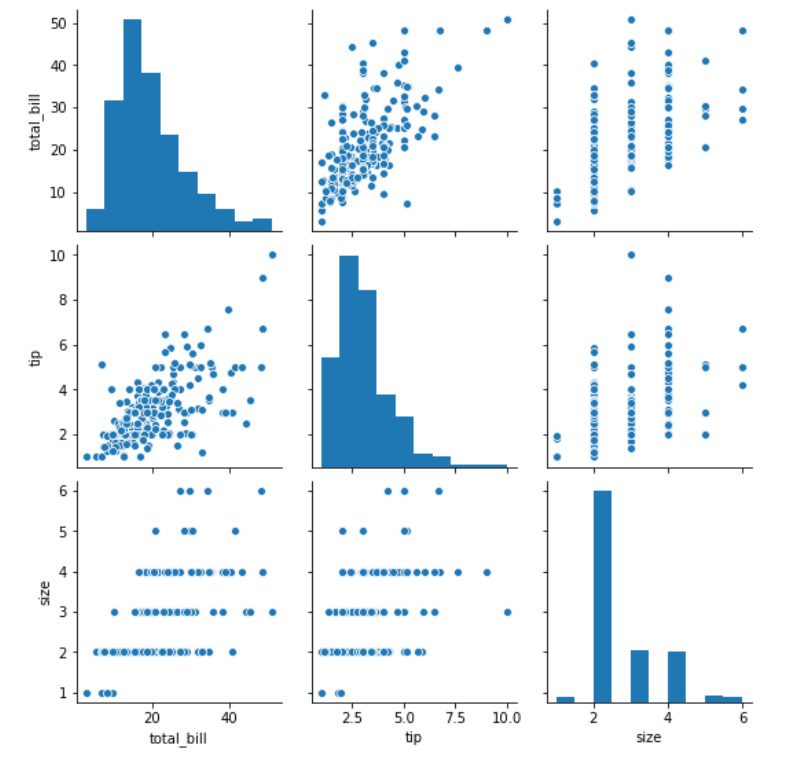
👉 Let’s have a look at the #PythonLibraries that every #DataScientist should know in 2022, to maintain and improve their #Coding journey: kdnuggets.com/2022/04/python…
1. Pandas was created by Wes McKinney in 2008, as a Python library for data manipulation and analysis. Wes McKinney built Pandas based on their need for a powerful and flexible analysis tool.
2. NumPy is another library used for Python, which is used for mathematical functions. It is popular in processing multidimensional array objects, and various derived objects (such as masked arrays and matrices) and is mostly used in machine learning computations.
3. SciPy stands for Scientific Python. SciPy is a free and open-source Python library, which is a collection of mathematical algorithms and functions built mainly on the NumPy extension of Python.
4. Matplotlib is a numerical extension of NumPy, which is a cross-platform, data visualization and graphical plotting library for Python. It is used in conjunction with NumPy to provide an effective environment that is an open-source alternative for MatLab.
5. Seaborn is a library that has been built on top of matplotlib and is closely integrated with pandas data structures.
6. Scikit-learn is a free software machine learning library, that contains effective tools for machine learning and statistical modeling such as classification, regression, clustering, and dimensionality reduction.
7. TensorFlow was built by the Google Brain Team and is an open-source library for deep learning applications. Tensorflow also makes it easy to build deep learning models by helping developers create large-scale neural networks with many layers using data flow graphs.
• • •
Missing some Tweet in this thread? You can try to
force a refresh







